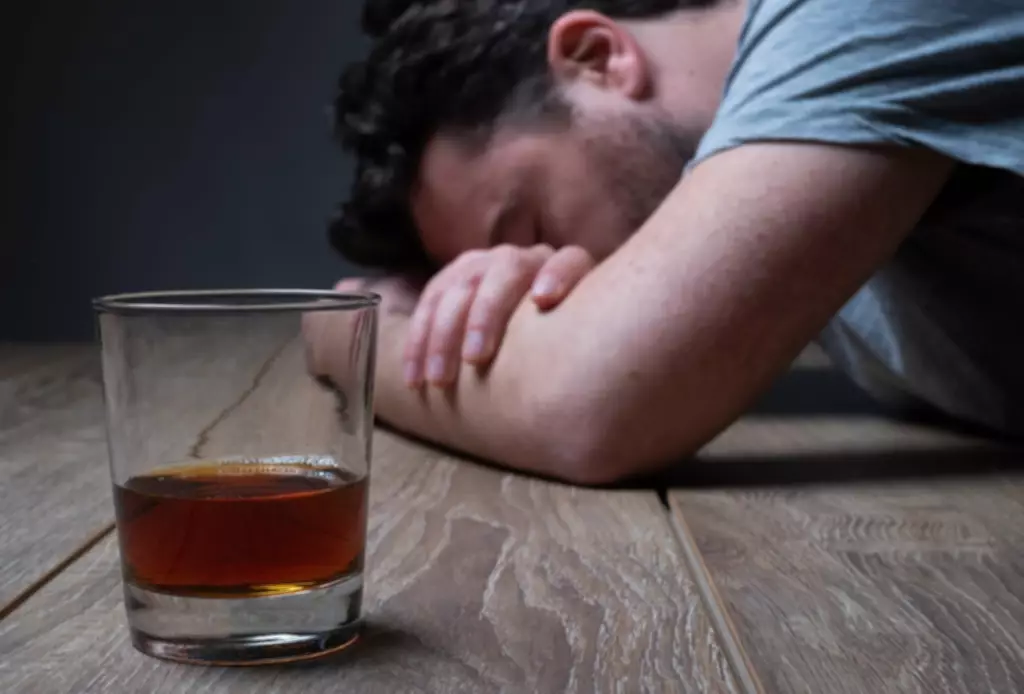How to Support Your Sober Partner
Content
No, or thinking No, but it’s a good conversation to start with? How about what did you learn about anger? Who would get angry in your family? These are great questions for partners to express their thoughts and feelings about what they learned. And I know that a lot of the women I start to work with, some of them, want to stop drinking to figure out whether their relationship is really bad, or if it’s the alcohol, and I felt that way, too. And not only that, I was kind of, obviously, depending on how much I drank sort of a blackout gray out drinker.
- When someone in recovery takes positive steps to improve their life, they regain confidence in themselves.
- Reach out today to begin your recovery journey.
- Now she either doesn’t attend events at all, or sometimes we leave early because she is so unhappy.
- In a relationship, sobriety isn’t the end of anything.
Yeah, but now he got triggered because he also grew up in a very critical family where he couldn’t win. So, what we had here was a trigger to family of origin stuff that he was risking behavior, so to speak with his wife and his partner. And so, it wasn’t like she really did anything wrong, per se, but it was a trigger that had to be addressed. And once they understood that he got triggered and was it stonewalling, then the takeaway, the narrative is that you never want to talk to me. There you go again, you know, you don’t talk to me at home and we’re paying this guy.
With DACA’s days likely numbered, Colorado advocates urge young immigrants to seek other avenues to keep working
Okay, in couples of distress, they just don’t work. I mean, I’ve had some of the women I work with say that they feel much more known and understood by their partner now than they ever did before. And it’s because they’ve almost had to get more honest and vulnerable and share more, as they sort of navigated life without alcohol.
- Since we stopped drinking, I’ve never forgotten to show up somewhere he asked me to be; he’s never blown me off for another round with his friends.
- In addition, quitting drugs and alcohol also usually comes with mental health conditions, like anxiety or anhedonia (inability to feel pleasure).
- In a relationship affected by substance use, it’s likely that trust has been broken many times.
- But you don’t say anything is turning away.
- It was a tough year, and there were some regressions, but he’s nearly gotten to the top of the mountain.
We’ve been together for 15 years, and I don’t know if we’re beyond repair. Depending on how long the habit has persisted, some patterns have already become entrenched. New or inverted roles have been formed due to one partner abandoning some functions and the other adopting those roles.
Find Support
I hardly miss it, and she had no trouble quitting, either, but mentally it has been very challenging for her. Alcohol is what allowed her to get past her social anxiety and self-esteem issues. Top 5 Questions to Ask Yourself When Choosing Sober House Open communication is the foundation of every good relationship. Beginning your partner’s recovery journey as a team means talking about it openly and coming up with a plan of action.

Kristie Mays serves as Financial Assistance Coordinator for Burning Tree Ranch. Responsible for a host of duties to include payroll and client billing, Kristie boasts a 25-year background in the financial services industry. Happily married for 26-years, Kristy has 3 beautiful children, a long-haired dachshund, cocker spaniel, and a 1-year-old terrier.
What Happens to Your Relationship During Treatment?
Versus when I shared with you last night, some of my concerns, and you didn’t respond to me, I felt hurt. I really needed to have you respond. And then the partner could step out of defensiveness, who’s listening to this and say, Oh, I didn’t realize that. I guess I was locked in my own world. So, what’s the trajectory of these two different relationships scenarios? So, people say things that they enter under the influence, so their frontal lobes are not working the show in the moment, right, so that what’s happening in the brain is disinhibition.
But living with a recovered – or recovering – alcholic is not without stress, as those who know will attest. Peter Piraino, LMSW, serves as Chief Executive Officer for Burning Tree Programs. Responsible for executing the vision of Burning Tree’s philosophy of excellence, Peter’s primary goal is to help as many clients as possible gain access to the treatment they need. A clinician by training, Peter incorporates sound, ethical business practices to help inform the organization of its duties to the greater community. By placing the needs of his staff and company ahead of his own, Peter leads with a team approach that continues to inspire the mission of Burning Tree Programs.






